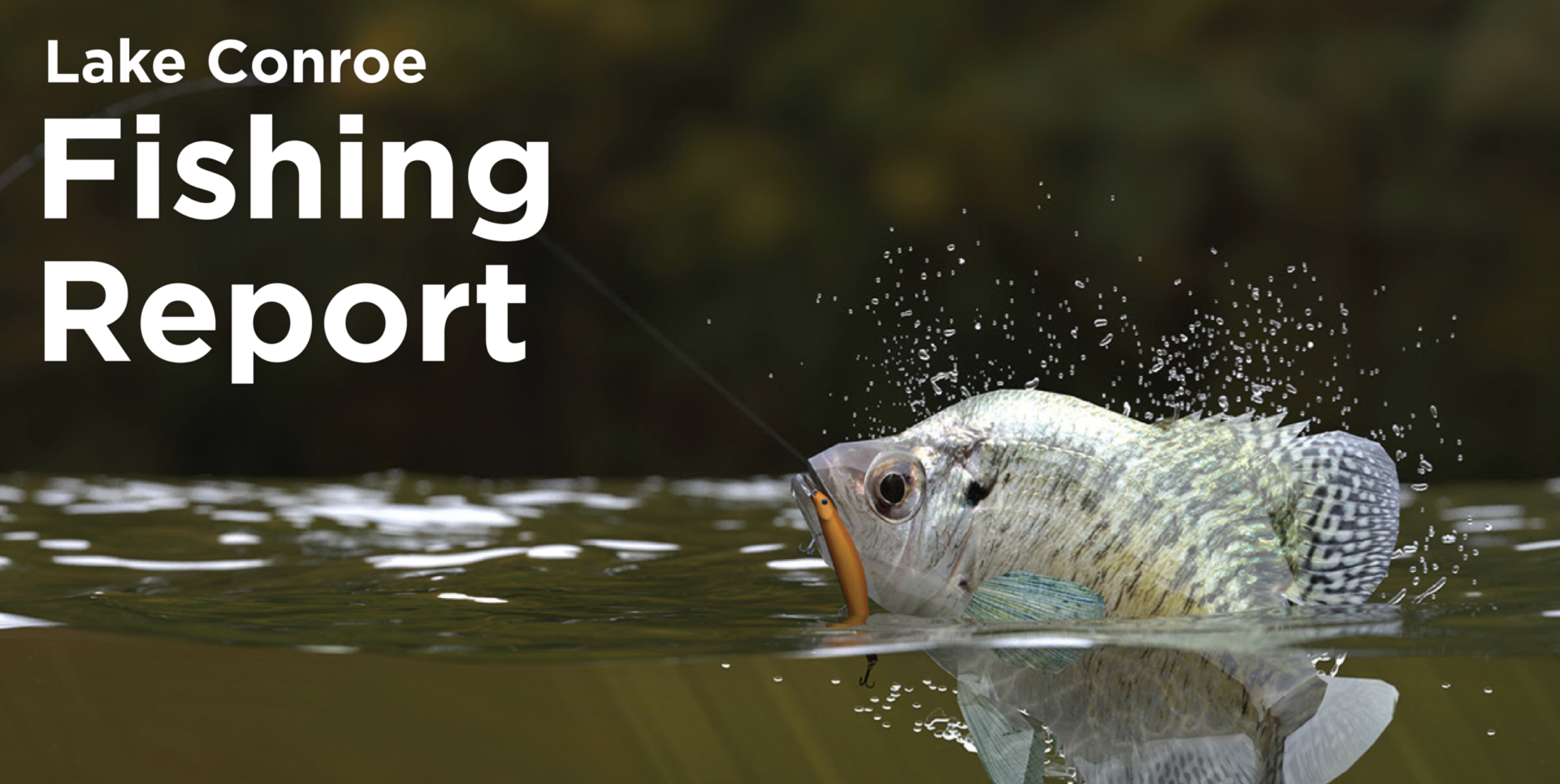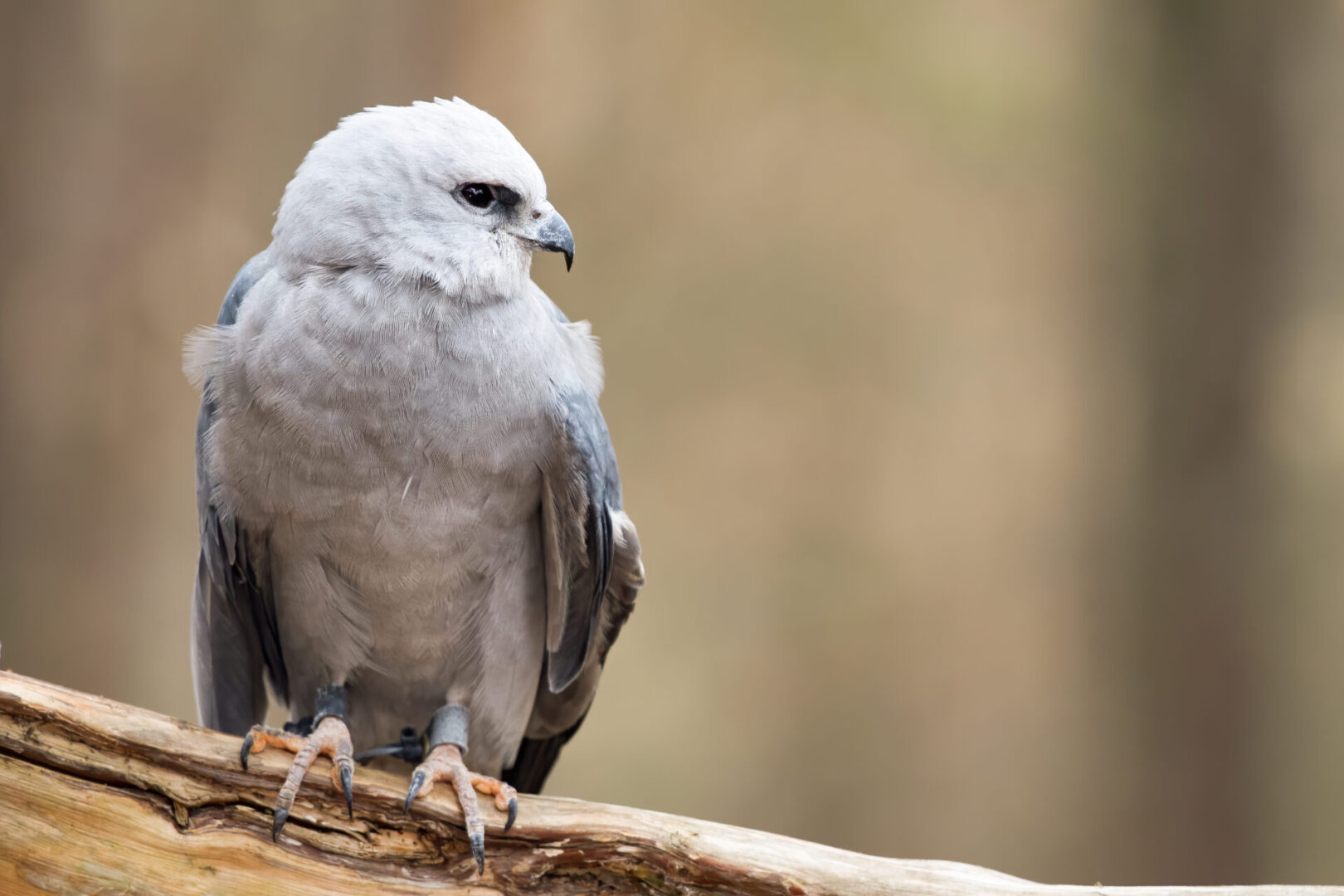Although many people would argue that we do not have “seasons” here in our part of Texas, one glance around your yard these days will confirm that we do, in fact, have a “fall”. There are leaves everywhere!
We probably all like our yards to like tidy, especially driveways, patios, and walkways. Traditionally, part of fall yard duty is to rake leaves into a pile, bag them up, and trash them. However, many conservationists say these actions can harm the environment (if leaves are sent to a landfill), can rob your garden of vital nutrients, and can also destroy wildlife habitat. Yard waste has a huge impact on landfills. Based on data from the U.S. Environmental Protection Agency, leaves and other yard debris account for more than 13 percent of the nation’s solid waste (as much as 33 million tons a year). Without enough oxygen to decompose, this organic matter releases methane (a greenhouse gas).
In fact, solid-waste landfills are the largest U.S. source of man-made methane. Combine that with the carbon dioxide generated by gas-powered blowers and vehicles used in leaf disposal, and it can really add up with impacts to the environment. For gardeners, carting away leaves can be particularly wasteful as fallen leaves form a natural mulch that helps suppress weeds and fertilizes the soil as they decompose. By leaving the leaves to naturally break down, you can save money on mulch and fertilizer. Removing leaves also eliminates vital wildlife habitat.
Many birds, animals, and even insects depend on leaf litter for food, shelter, and nesting/bedding material. Reptiles will burrow under leaf piles to spend the cooler months “buried”, as the piles provide warmth and natural insulation from the cold. Mammals, birds, and invertebrates rely on leaf litter for food and shelter. Mammals will gather fallen leaves to line and insulate their nests or dens. Our only native marsupial, the opossum, can even use its prehensile tail to carry leaves back to its denning place. Many moth and butterfly caterpillars overwinter in fallen leaves before emerging in spring.
So now that we know we may want to keep some leaves around and not “trash” them all, but we still want to have our yards looking tidy, here are some suggestions:
- Let the leaves stay where they fall on yards and lawns. They won’t harm your lawn if you chop them with a mulching mower, and these chopped, decomposing leaves will in turn feed your lawn. You can even rake leaves off your walks and driveways onto the lawn and then mulch them.
- If you don’t have a mulching mower, rake the leaves off unwanted areas and use as mulch in your garden and flower beds.
- If you have the room, rake leaves into a pile and let them decompose. The leaf mold that results can later be used as a soil amendment (which helps to aerate soil and improve water retention).
- Start a compost pile! Combine fallen leaves with some grass clippings and other “green matter”. Keep the pile moist and well mixed, and by spring you will have some wonderful compost to add to your garden(s).
- Build a brush pile. Brush piles provide wonderful shelter for many types of wildlife. Branches, sticks, stems, and leaves can be used to make a simple brush pile. Just remember that snakes like brush piles too, so never reach in to where you can’t see.
- If you still have more leaves than you can use, check community resources to see about recycling and composting. In The Woodlands, yard waste (including leaves) that is picked up curbside is composted. Many recycling centers will accept leaves and other yard waste as long as it is either bundled or placed in compostable bag. Some resources to check are:
So maybe take some time to enjoy our brief “fall” and don’t worry so much about the leaves. Take some time to enjoy those beautiful colors and have a nice beverage of your choice. Leave the leaves! To learn more about what we do and view pictures of many of the animals we assist, please visit our Facebook page at www.facebook.com/SavingTexasWildlife. Details can be found at www.ftlw.org, and then click on “How to Help”. We also have a great deal of helpful information on our website about other species of animals and how to assess if they need help or not. If you need assistance with an animal in need, please email us at [email protected]. For the time being, due to ongoing Covid concerns, our educational center remains closed, but we are participating in many online presentations and will be posting more educational videos on our Facebook and YouTube page in the coming weeks.






